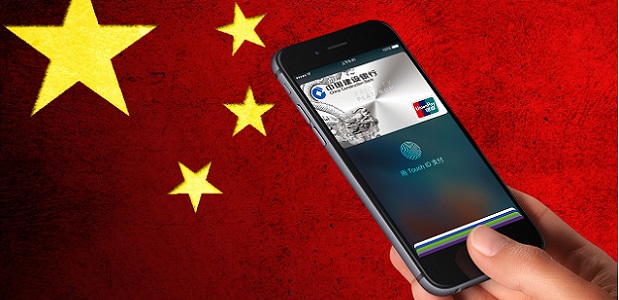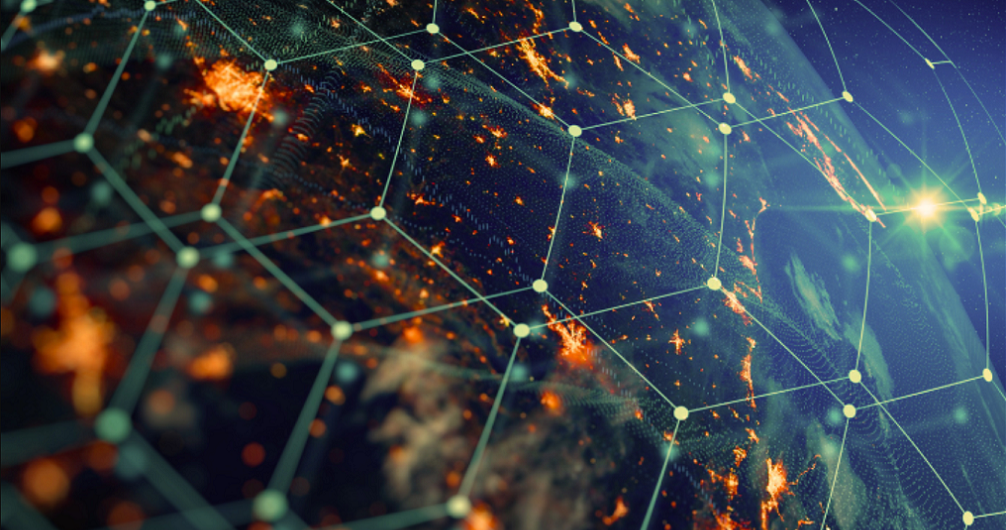Apple will slowly reduce its reliance on China

The US-China dynamic has worked in Apple’s favor on both the production and the demand front, and I expect this trend to continue for the next couple of years. That said, since February, I’ve been bugged with the question — What would happen to Apple if the relationship between the US and China rapidly deteriorated? While I don’t believe that the superpowers will be at war within the next couple of years, the conversation is one worth having given the increased Taiwan-related rhetoric coming from the PRC.
China makes its case for Taiwan
Outside of its recent military exercises, China published a white paper on Aug. 10 titled The Taiwan Question and China’s Reunification in the New Era. It’s the first paper in more than 9 years since Xi Jinping rose to power, and opens with the statement: “Resolving the Taiwan question and realizing China’s complete reunification is a shared aspiration of all the sons and daughters of the Chinese nation.” The punch of the white paper: China “will tolerate no foreign interference in Taiwan.” I can feel the pressure building, and I believe Cupertino can too.
Apple has meaningful China exposure
Apple’s business is more sensitive to the topic given our estimate that 75-80% of the company’s product sales, or 60-62% of overall sales, are “Made in China.” On top of that, 18% of Apple’s annual revenue comes from Greater China, essentially equal to the size of its Services business. Compared to other big tech companies, I believe that Apple has the most China exposure. But, it’s worth noting that Amazon also has significant exposure based on the number of its products that are made in China.
Where Apple stands today
On Apple’s March 2022 earnings, Katy Huberty asked a key question related to China: Are you starting to rethink your broader supply chain strategy or the manufacturing footprint? Are you happy with the overall geographic exposure that you see in the supply chain? Cook’s response was: I think our supply chain does very good because it’s a fast-moving supply chain. The cycle times are very short. There’s very little distance between a chip being fabricated and packaged and a product being – going out of factory.
I have two takeaways from the exchange. First, the working relationship between Apple and its China partners is running smoothly today; an incredible statement given the headwinds from COVID and supply chain disruption. Once these headwinds ease, I believe that the Apple-China flywheel speed will increase which should benefit earnings. Second, Cook did not answer an important part of Huberty’s question: Are you happy with the overall geographic exposure? I believe Cook did not answer that because he’s thinking about supply chain diversification.
One of Cook’s next chapters: supply chain diversification
While it will take years, I believe that Apple is in the process of reducing its reliance on China. Apple thinks about its business in terms of decades, and in the end, I believe the company will be successful in building production and a strong user base outside of China. My confidence stems from a belief that one of Apple’s core competencies includes production and supply chain management. Of course, Tim Cook has decades of experience in navigating the political landmines that come with relying on a global supply chain. Based on that experience, I believe he sees the writing on the wall and the need to lessen exposure to the region.
Separately, I believe that Cook will write two more chapters as CEO of Apple. One on the new product category side, which will most likely be something in AR, health or auto. Second, a chapter on supply chain diversification. If you’re wondering, my guess is that Cook will retire between 2026-2028, based on his age (61 y/o) and option package. This would mean he has plenty of time to position the supply chain for the next decade.
Apple is serious about diversifying to the US
In January 2018, Apple announced a commitment of $350B for US-based development and job creation (+20K jobs). In part, this was done as a response to political pressures imposed by Washington to bring jobs to the US. Nearly a year later, Apple announced its plans to build two $1B campuses — in Austin, TX and in North Carolina’s Research Triangle Park (RTP). Then, in April 2021, Apple announced that it would add $80B and another 20K jobs to its original $350B investment, bringing the total investment to $430B over a five year period. It’s worth noting that while there’s less pressure from Washington, Apple still upped their investment in the US by $80B — a 23% increase.
While the numbers are impressive, Apple’s incremental investment is likely less, ~20% of the $430B. That still means the company is investing $86B over the next few years in the US, a huge sum when considering that Intel and TSMC believe building a new chip fab in the US costs between $10-20B. After the current investment commitment ends in 2026, I expect the company to invest within the US at a similar incremental pace of about $17B per year.
Outlining Apple’s supply chain
Based on Apple’s 2021 Supplier List (which was the last time the list was made public), we took a deeper look at the company’s suppliers, supplier locations and refiners of raw materials. The bottom line is 75-80% of Apple’s product production is tied to China. Here are our findings:
. Of the company’s 395 global suppliers based in 572 locations, 40% of those are based in China.
. Of the most common elements found in Apple products, 34% of the company’s refiners are based in China. And, virtually 100% of the Lithium used in Apple products is sourced from China.
. The iPhone makes up 52% of Apple’s annual revenue. And, production relies on four companies for final assembly: Foxconn, Pegatron, Luxshare Precision and Wistron. Those companies are predominantly based in Juangdong, Jiangsu and Shanghai. We estimate that nearly 77% of iPhone assembly occurs in China-based factories.
. Separately, when we look at the companies assembling the MacBook, iMac, MacBook Air, Watch, AirPods and iPad, and estimate that 75-80% of all Apple products are “Made in China.”
The full article here
Dariusz Mazurkiewicz – CEO at BLIK Polish Payment Standard
Banking 4.0 – „how was the experience for you”
„To be honest I think that Sinaia, your conference, is much better then Davos.”
Many more interesting quotes in the video below:










